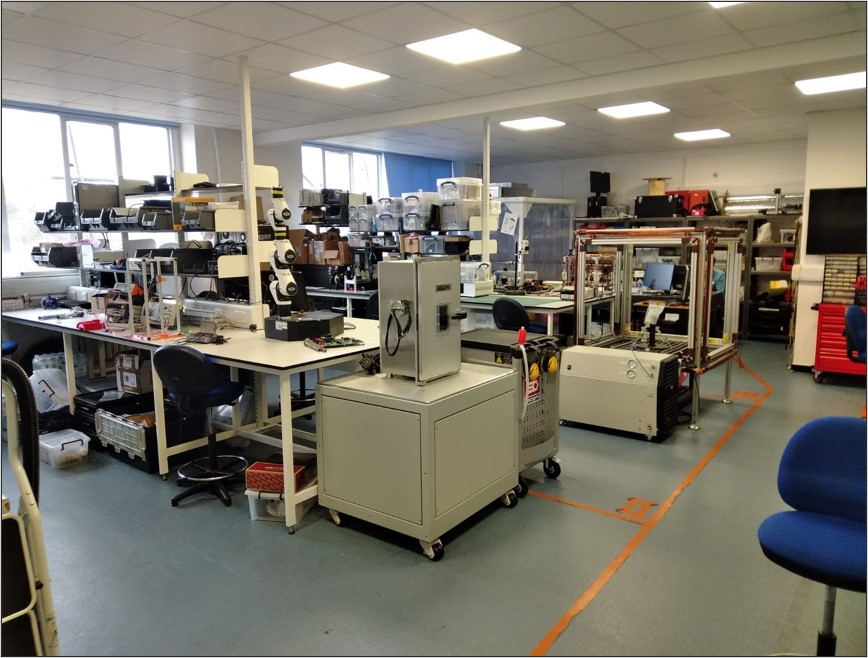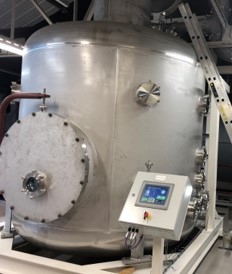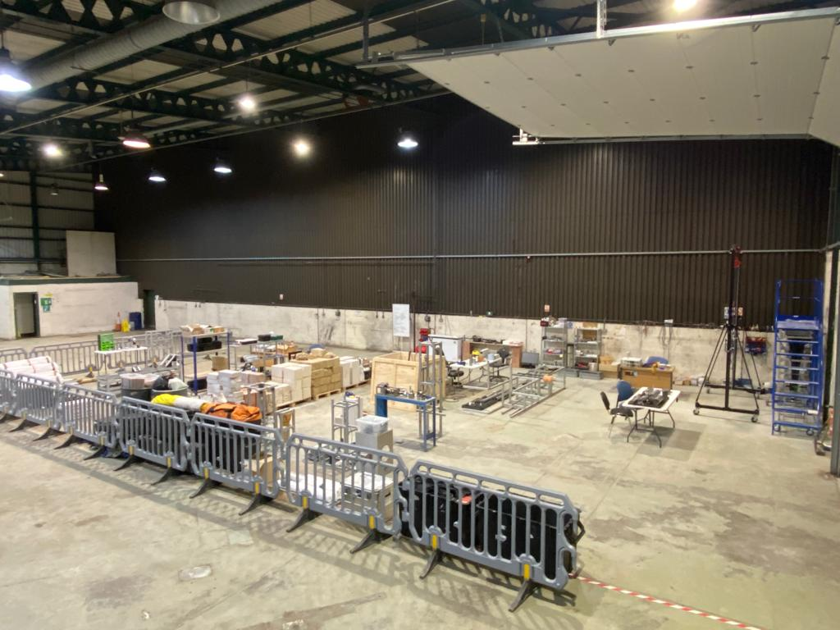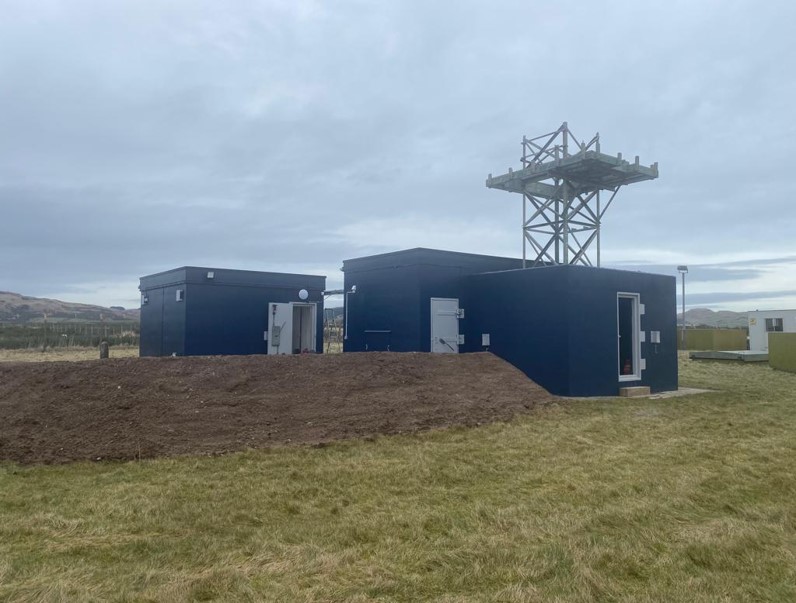Integrated Space and Exploration Technology (I-SET) Laboratory
The Integrated Space and Exploration Technology (I-SET) laboratory, opened on 8 May 2019, focuses on two areas of work: exploration technology and spaceflight hardware, while providing opportunities for students to learn and industry to engage.
The exploration area develops tools for planetary surfaces, including challenging areas of the Earth’s surface such as the Antarctic regions. Fundamental research on granular materials, penetrators, and auger mechanics will be combined with technology development to produce robotic devices to support the exploration of new environments.
The spaceflight theme seeks to create payloads, and ultimately entire spacecraft, for Earth orbit and beyond. With a vacuum chamber, vibration table, clean room, air bearing, Helmholtz cage and 3D printing facilities, the lab is well equipped to recreate many aspects of the space environment for our researchers and students.
A student project zone is dedicated to the development of our undergraduate student satellite programme.
The lab, which has received around £100,000 in upgrades in 2019, is home to ambitious space-related research projects including ultrasonic drills capable of drilling into rocks on Mars and in low-gravity environments, swarms of tiny micro-spacecraft, technologies to build large structures in orbit, and tunnelling robots which can explore beneath the surface of other planets or asteroids.
The research currently underway in the I-SET lab is supported by around £2M in funding from agencies including the Royal Academy of Engineering and the UK Space Agency.
The lab is part of the University’s Space Glasgow network, which brings together engineers, physicists, geologists, mathematicians and computer scientists on cross-disciplinary space research projects.
ESA Plume-Regolith Interaction Facility
We host to the European Space Agency's plume-regolith interaction facility. With a total volume of over 70 m3 and capable of reaching vacuum levels as low as 0.8 Pa, this facility explores the fundamental physics behind crater formation resulting from jet impingement.
The ESA facility is equipped with high-speed shadow and schlieren photography, pressure measurements and PSP, PIV, and data acquisition systems.
Download the ESA Plume-Regolith Interaction Facility Brochure in pdf.
Govan Laboratory
The Govan laboratory is used for large, noisy, or dirty experimental work related to exploration, including granular materials research, drill rig testing, and rocket engine development. We can raise test stands up to 6m tall in this facility.
MachLab
The MachLab is a rocket test facility. It is a joint project of Discover Space UK and the Machrihanish Airbase Community Company, and it was developed with support from the University of Glasgow. It is currently outfitted with the University's 2kN test stand, but the facility is now being upgraded for larger tests and cryogenic propellants.





